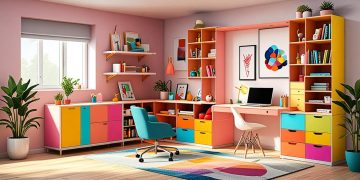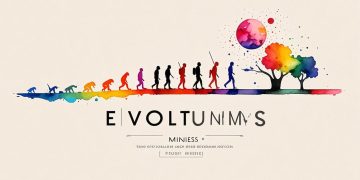Discover how effective workspace design and space optimization enhance productivity at home. By focusing on decluttering, ergonomic furniture, and technological integration, you can create a functional and inspiring environment. Embracing minimalism and flexible work zones further contributes to better focus, creativity, and overall work satisfaction.









